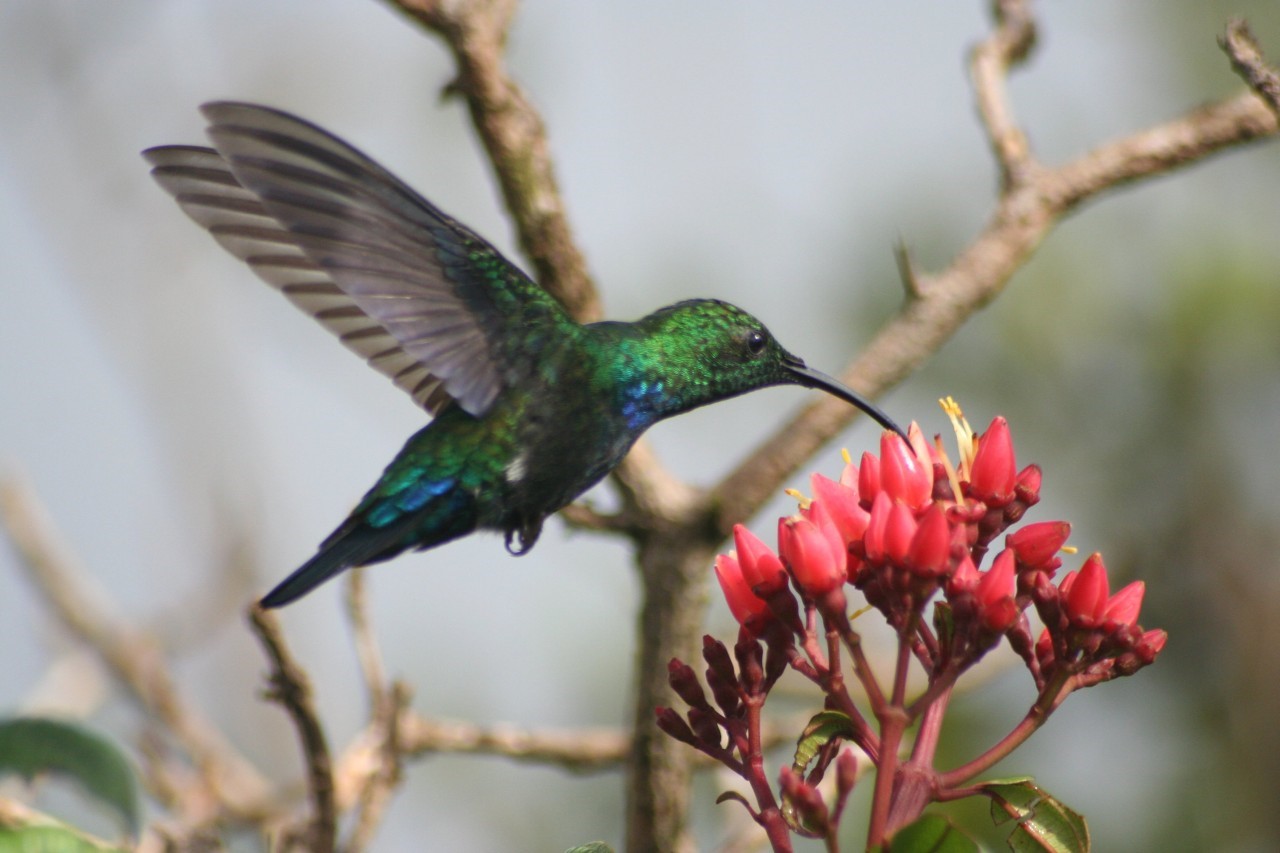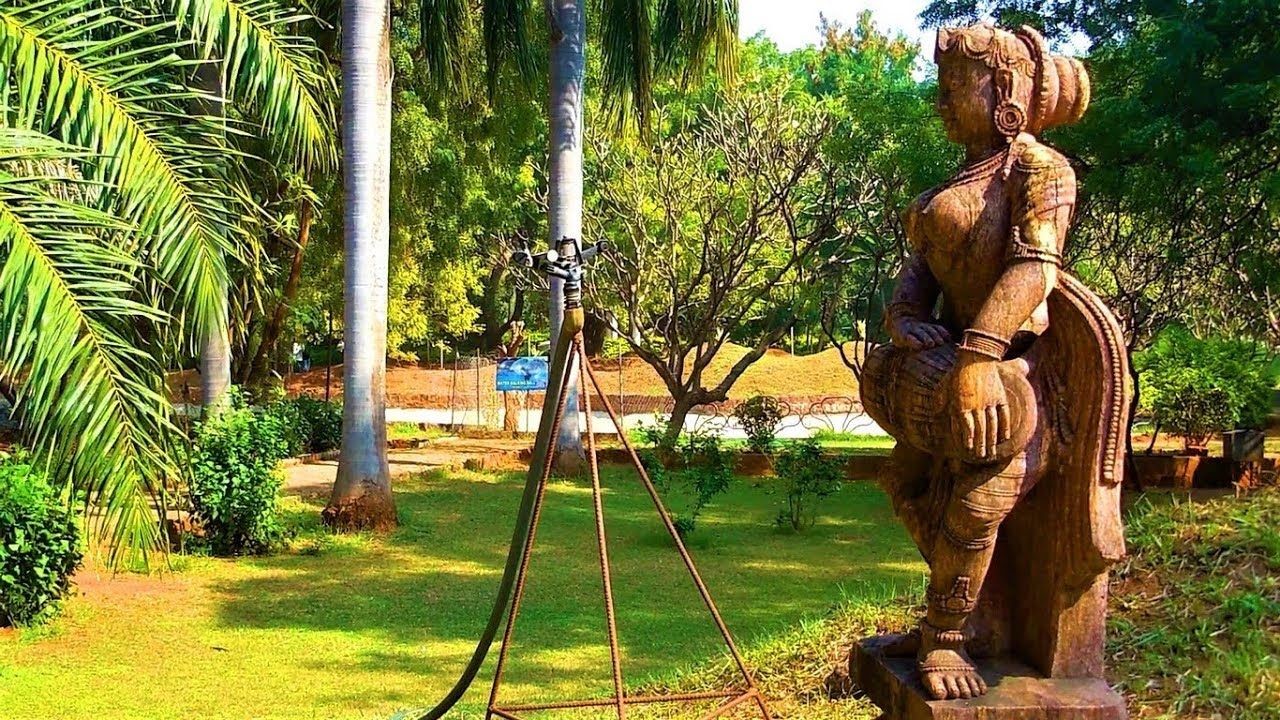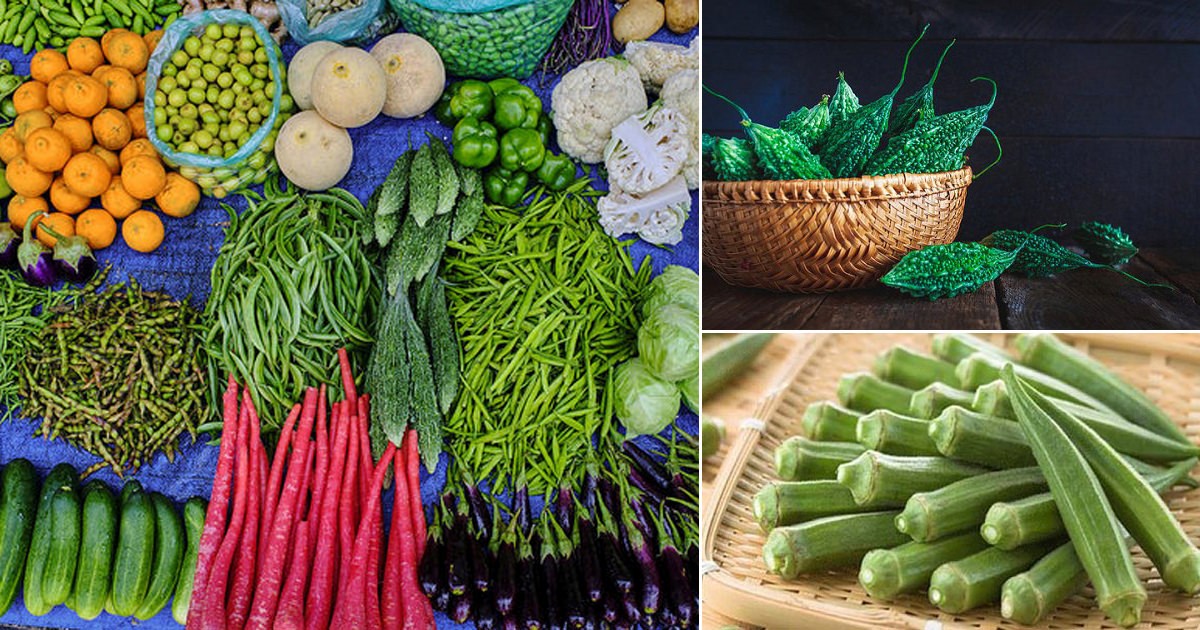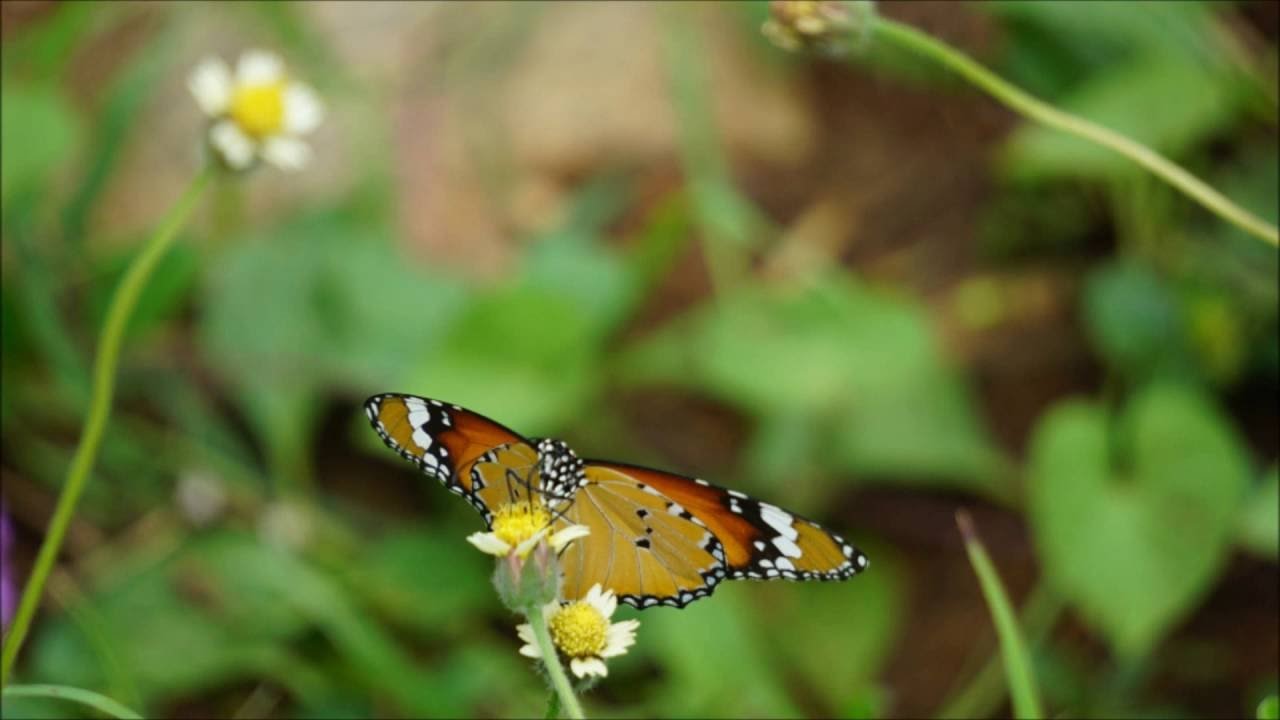Welcome to Labkafe ~ Orientallabs Retail Services Private Limited
The Telangana board is about to take its final exams for inter year 1-2 for year 2022. As such, you must be anxious to tick off all the items off the TSBIE botany & zoology practical syllabus. Therefore we are presenting here the practical curriculum in an easily understandable format for use by all students and teachers of the TS board inter level.
The TSBIE botany and zoology practical syllabus is pretty large and sometimes not all schools are prepared to finish off all of this. This could be a problem to people who would like to choose biosciences as their future career, since all of these experiments and observations pertain to skills that would be mandatory in that pathway. Don’t worry, Labkafe Lab Tutorials can help you out. Contact us to find more information. And not, without further ado, let’s launch into the curriculum itself.


Students will perform these experiments and observations themselves, the teacher or lab instructor will only instruct and examine.
The teacher or lab instructor will set up and perform these experiments, the students will only observe, take notes, and comment.



To be sure, the above syllabus is quite large and difficult for those who do not have a natural affinity for biology subjects. But you know, everything is easy with the right tools. To do the Telangana board zoology and botany practicals, all you need is a good wet lab furniture setup (workbenches with reagent racks and sinks), and a proper lab equipment package.
To that end, you can use Labkafe’s TSBIE Botany & Zoology Lab Package for your TS board inter level school. This lab package has all the necessary goodies you need to perform those experiments and observations, like lab equipment, lab apparatus, lab glassware, lab machines, and support items and consumables like reagents and chemicals. This package is preconfigured to meet the affiliation requirements of TSBIE, and it is flexible to meet your needs as well. Call labkafe today to know more about the TSBIE botany and zoology lab practical package.
Labkafe is among the most promising laboratory supplies vendors in India. We manufacture and supply lab equipment, lab furniture, lab consumables, lab glassware, lab machines and more! Not only we manufacture lab items, we export to international resellers too. We fulfill CBSE ICSE ISC IGCSE IB State board affiliation requirements for schools by providing affiliation packages to schools. Our featured products are:
Chosen by over 1200 schools, colleges, universities, research labs, government agencies and private companies to build or renovate their laboratories, Labkafe stands as your best friend when it comes to labs. We are also a registered OEM on GeM. Our clients love us because we provide the best quality of lab products, free demos, free installation, and support for ever.
Do you wish to experience excellence too? Why not contact us today at [email protected], or call 9147163562 directly ‒ we are always available to serve. You can also use the chat button in the corner to connect to one of our representatives instantly!
Feb 16, 2023 by Biswajit Sana
Jan 24, 2023 by Biswajit Sana